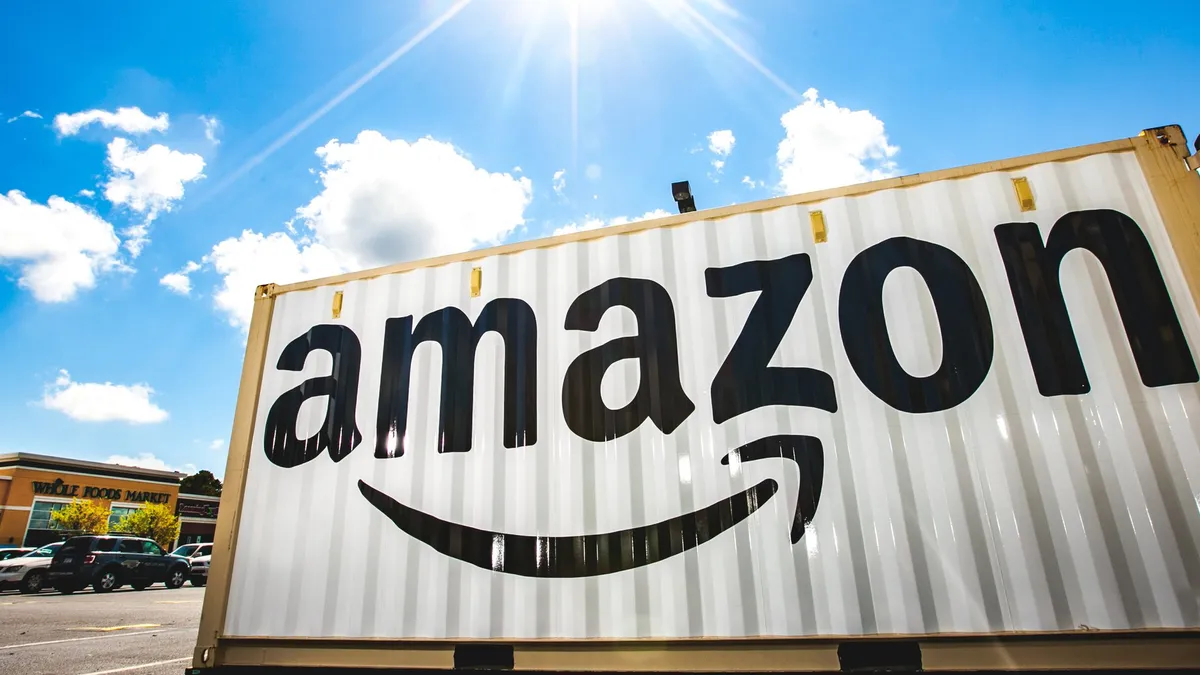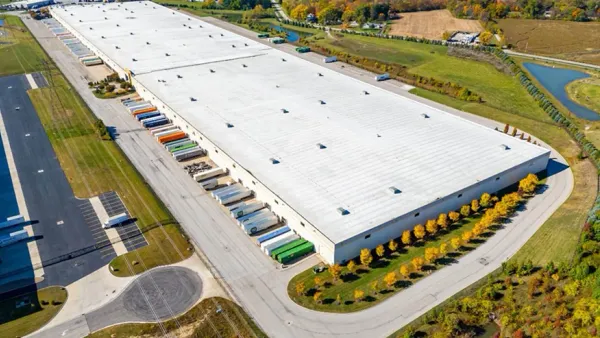Dive Brief:
- Amazon published a list of its nearly 1,500 private label suppliers for the first time earlier this month, providing the names and addresses of the companies on its website.
- "The decision by Amazon, the world’s largest online retailer, sends an unambiguous message that transparency is critically important and here to stay and grow," Aruna Kashyap, senior women’s rights counsel at Human Rights Watch (HRW), said in a statement. "Brands that don’t publicly disclose their supply chains may not know where their products are made, making it harder to determine whether they are acting responsibly, and where the disclosure is not easily accessible, they make it difficult for workers to report labor abuses." Amazon's suppliers are heavily concentrated in East Asia, Europe and the United States.
- The list's publication comes less than a month after a Wall Street Journal investigation found Amazon's marketplace is used to sell items made in factories blacklisted by other retailers. In a statement published above the list of suppliers, Amazon said it was "committed to engaging with suppliers that respect human rights, provide safe and inclusive workplaces, and promote a sustainable future."
Dive Insight:
The list published by Amazon is pretty short on details, something HRW mentioned in its statement. It doesn't include information on what the supplier makes or how much product Amazon buys from them. The full list is also not easy to find on Amazon's website; linked in fine print underneath a map of the supplier network.
The map and the PDF also lack the ability to filter based on region, brand name or product category, HRW points out.
"Our global teams work closely with suppliers to communicate our standards, and help suppliers build their capacity to provide safe and respectful working environments," said Amazon's statement. Amazon did not immediately respond to a request to comment on the publication of the list.
The investigation by The Wall Street Journal noted that Amazon is one of the largest retailers not to join the Alliance for Bangladesh Worker Safety or another alliance following the Rana Plaza factory collapse in 2013. These alliances were responsible for blacklisting the factories that made items that showed up on Amazon's marketplace.
Multiple garment factories in Bangladesh were blacklisted after the collapse of the Rana Plaza factory killed 1,133 workers. Companies like Walmart, the Dutch retailer C&A, Benetton and Cato Fashions were all sourcing from the facility, according to news reports from the time.
Amazon's released supplier list includes more than 20 sites in Bangladesh. But this is dwarfed by China, accounting for roughly 500 of the e-tailer's supplier locations.
This kind of supplier transparency shown by Amazon is a growing trend in the world of clothing manufacturers. Since 2017, the Fashion Transparency Index has followed the same 98 brands to see if each of published a supplier list. In 2017, 32 brands published this information, a figure that has grown to 70 as of 2019.
HRW called the publication of the list a "first step."
"In addition to transparency, the company needs to make binding commitments with unions to monitor and fix problems in the factories it uses and report on its progress publicly," Christy Hoffman, general secretary of UNI Global Union, said in a statement.
This story was first published in our weekly newsletter, Supply Chain Dive: Procurement. Sign up here.















